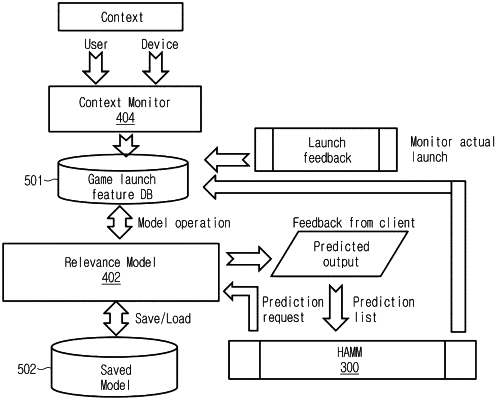| CPC G06F 9/4856 (2013.01) [G06F 9/5016 (2013.01); G06F 9/5088 (2013.01); G06N 20/00 (2019.01); G06F 2209/508 (2013.01)] | 20 Claims |

|
1. A method for managing memory for applications in a computing system, said method comprising:
receiving a selection of a preferred application;
registering the selected application to a Heavy-app Memory Management unit (HAMM);
monitoring transitions of the selected application between a foreground and a background during user operation of the computing system; and
triggering retention of the application in memory based on a transition to background during user operation, wherein retention of the application in memory comprises:
compressing memory portions of the application;
retaining the application based on the compressed memory portions;
sensing a requirement to restore the retained application based on at least one of a user selection or an automatically generated prediction;
restoring the application back to the foreground based on sensing the requirement to restore the retained application, wherein restoring the application comprises decompressing the compressed portions of the application in the memory to enable occupation of additional space in the memory by the application; and
allowing the user control over the application,
wherein receiving of the selection of the preferred application comprises receiving one or more of:
a selection provided through a user interface; or
an output of a machine learning (ML) model trained at least in part on a user's application usage behavior,
wherein triggering retention of the application comprises:
initiating compression based on using a timeout of the application transitioning into the background, wherein the timeout is at least one of a static timeout or a decaying timeout dynamically determined by the ML mode, and
wherein the HAMM is based on input features, a context data of the user and computing system, the ML model, a multi-stochastic gradient descent regression and a gradient descent optimizer.
|